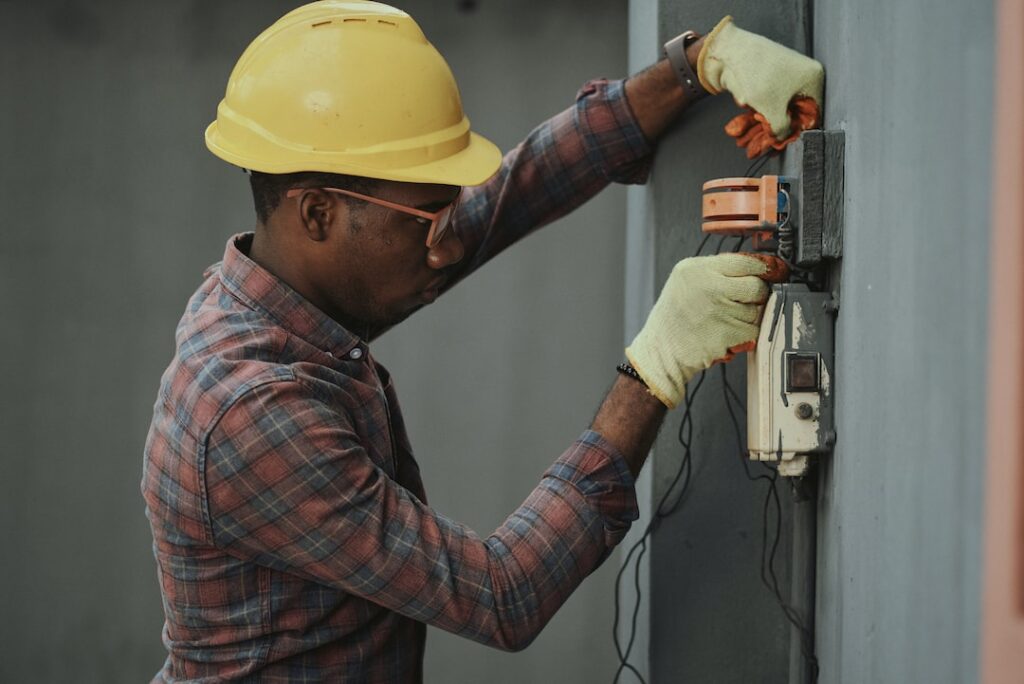Heating Effect of Electric Current: Advanced Level Problems
Introduction
In the realm of physics, the Heating Effect of Electric Current is a fundamental concept that finds its application in various aspects of our daily lives, from household appliances to industrial machinery.
To truly understand this phenomenon, one must be well-versed in both basic and advanced principles of electromagnetism and electrical circuits.
In this comprehensive discussion, we will present ten challenging problems related to the Heating Effect of Electric Current, each at the level of the Advanced level sums, along with detailed solutions.
Joule’s Law
Before we delve into the problems, let’s revisit Joule’s Law, which forms the basis for understanding the Heating Effect of Electric Current.
Joule’s Law states that the heat (H) produced in a conductor is directly proportional to the square of the current (I) passing through it, the resistance (R) of the conductor, and the time (t) for which the current flows. Mathematically, this law is expressed as:
H = I^2 * R * t
Where:
- H is the heat produced (in joules).
- I is the current (in amperes).
- R is the resistance of the conductor (in ohms).
- t is the time for which the current flows (in seconds).
Challenging Problems
Problem 1
Question: A copper wire with a resistance of 10 ohms is connected to a 24-volt battery. Calculate the heat produced when a current of 2 amperes flows through it for 5 minutes.
Solution:
Given:
- Resistance (R) = 10 ohms
- Voltage (V) = 24 volts
- Current (I) = 2 amperes
- Time (t) = 5 minutes = 300 seconds
Using Joule’s Law: H = I^2 * R * t
H = (2)^2 * 10 * 300 H = 4 * 10 * 300 H = 12,000 joules
So, the heat produced is 12,000 joules.
Problem 2
Question: An aluminum wire with a resistance of 8 ohms is connected to a 36-volt battery. Determine the power dissipated as heat in the wire.
Solution:
Given:
- Resistance (R) = 8 ohms
- Voltage (V) = 36 volts
Using Ohm’s Law to find current (I): I = V / R
I = 36 / 8 I = 4.5 amperes
Using the formula for power (P): P = I^2 * R
P = (4.5)^2 * 8 P = 20.25 * 8 P = 162 watts
So, the power dissipated as heat in the wire is 162 watts.
Problem 3
Question: A high-resistance wire with a resistance of 100 ohms is connected to a 12-volt battery. Calculate the current passing through the wire.
Solution:
Given:
- Resistance (R) = 100 ohms
- Voltage (V) = 12 volts
Using Ohm’s Law to find current (I): I = V / R
I = 12 / 100 I = 0.12 amperes
So, the current passing through the wire is 0.12 amperes.
Problem 4
Question: A 15-ohm resistor is connected to a 9-volt battery. Determine the heat produced in 10 minutes.
Solution:
Given:
- Resistance (R) = 15 ohms
- Voltage (V) = 9 volts
- Time (t) = 10 minutes = 600 seconds
Using Joule’s Law: H = I^2 * R * t
Using Ohm’s Law to find current (I): I = V / R
I = 9 / 15 I = 0.6 amperes
H = (0.6)^2 * 15 * 600 H = 0.36 * 15 * 600 H = 3,240 joules
So, the heat produced is 3,240 joules.
Problem 5
Question: A tungsten filament lamp has a power rating of 60 watts. Calculate the heat produced by the lamp in 2 hours of operation.
Solution:
Given:
- Power (P) = 60 watts
- Time (t) = 2 hours = 7200 seconds
Using the formula for heat produced (H): H = P * t
H = 60 * 7200 H = 432,000 joules
So, the heat produced by the lamp is 432,000 joules.
Problem 6
Question: A superconducting wire with zero resistance is connected to a 50-volt battery. Calculate the current passing through the wire.
Solution:
Given:
- Voltage (V) = 50 volts
- Resistance (R) = 0 ohms
Using Ohm’s Law to find current (I): I = V / R
I = 50 / 0 (Zero resistance)
Since resistance is zero, the current is infinite.
Problem 7
Question: A carbon resistor with a resistance of 500 ohms is connected to a 120-volt battery. Calculate the power dissipated as heat in the resistor.
Solution:
Given:
- Resistance (R) = 500 ohms
- Voltage (V) = 120 volts
Using Ohm’s Law to find current (I): I = V / R
I = 120 / 500 I = 0.24 amperes
Using the formula for power (P): P = I^2 * R
P = (0.24)^2 * 500 P = 0.0576 * 500 P = 28.8 watts
So, the power dissipated as heat in the resistor is 28.8 watts.
Problem 8
Question: A circuit has a total resistance of 30 ohms, and a current of 4 amperes flows through it. Calculate the heat produced in 15 minutes.
Solution:
Given:
- Total Resistance (R_total) = 30 ohms
- Current (I) = 4 amperes
- Time (t) = 15 minutes = 900 seconds
First, find the equivalent resistance of the circuit.
Using Ohm’s Law: V = I * R
V = 4 * 30 V = 120 volts
Now, use Joule’s Law: H = I^2 * R_total * t
H = (4)^2 * 30 * 900 H = 16 * 30 * 900 H = 432,000 joules
So, the heat produced in the circuit is 432,000 joules.
Problem 9
Question: A nichrome wire with a resistance of 25 ohms is connected to a 48-volt battery. Calculate the current passing through the wire and the power dissipated as heat.
Solution:
Given:
- Resistance (R) = 25 ohms
- Voltage (V) = 48 volts
Using Ohm’s Law to find current (I): I = V / R
I = 48 / 25 I = 1.92 amperes
Now, calculate the power dissipated as heat:
Using the formula for power (P): P = I^2 * R
P = (1.92)^2 * 25 P = 3.6864 * 25 P = 92.16 watts
So, the current passing through the wire is 1.92 amperes, and the power dissipated as heat is 92.16 watts.
Problem 10
Question: A parallel circuit consists of two resistors, R1 = 10 ohms and R2 = 15 ohms, connected to a 30-volt battery. Calculate the total current flowing in the circuit and the power dissipated by each resistor.
Solution:
Given:
- Resistance of R1 (R1) = 10 ohms
- Resistance of R2 (R2) = 15 ohms
- Voltage (V) = 30 volts
First, calculate the equivalent resistance of the parallel combination of R1 and R2:
1 / R_total = 1 / R1 + 1 / R2
1 / R_total = 1 / 10 + 1 / 15
1 / R_total = (3 + 2) / 30
1 / R_total = 5 / 30
R_total = 30 / 5
R_total = 6 ohms
Now, use Ohm’s Law to find the total current (I_total):
I_total = V / R_total
I_total = 30 / 6 I_total = 5 amperes
Now, calculate the power dissipated by each resistor using the formula for power (P):
For R1: P1 = I_total^2 * R1
P1 = (5)^2 * 10 P1 = 25 * 10 P1 = 250 watts
For R2: P2 = I_total^2 * R2
P2 = (5)^2 * 15 P2 = 25 * 15 P2 = 375 watts
So, the total current flowing in the circuit is 5 amperes, and the power dissipated by R1 is 250 watts, while the power dissipated by R2 is 375 watts.
Conclusion
These ten challenging problems related to the Heating Effect of Electric Current cover a wide range of scenarios and concepts, testing your understanding of electrical circuits and Joule’s Law. Solving these problems at the Advanced level sums demonstrates a strong grasp of fundamental physics principles and their practical applications. Practice and a deep understanding of the underlying theory will enable you to excel in physics examinations and further your knowledge of this fascinating field.


